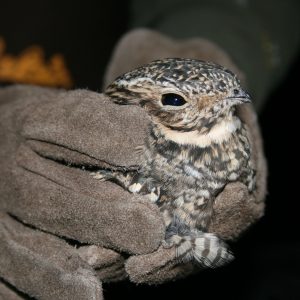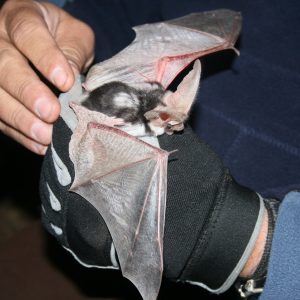Well, I’ve officially finished my 4th week of work at the BLM Office in St. George, UT, and it’s been such a whirlwind since the day I began that I’ve had absolutely no BLOG TIME! Bummer. Also, with all the traveling, camping, and Grand Canyon time, I’ve had limited internet access. Such is the life of a field intern, I suppose.
So far I’ve had an extremely diverse range of experiences alongside my co-intern, Carley. Although we have only just began our main project for the summer — habitat surveys for the Mexican spotted owl (or MSO as we lovingly call it) — that has given us the time to learn other, equally important skills! Duh!
My first day on the job (in the field, that is), we worked out on the Virgin River doing fish surveys. Particularly, we were looking for native desert freshwater fish like the Virgin River chub, the flannelmouth sucker, and the extremely elusive woundfin minnow (which, sadly buy not surprisingly, we never saw). Mostly, however, we found netfull after netfull of red shiner, a highly invasive species clearly dominating the part of the River we sampled. They never got much bigger than a few inches long, but were a HUGE nuisance nonetheless.
This was my first real day out in the desert heat (hello, 105 °F), and I made the ignorant mistake of not bringing enough water for nine hours in the sun. Whatever you do, don’t do this. I’d say bring at least four liters for one long field day. Consequently, I went home with what I think must have been mild heat stroke — a migraine, the chills, and a nauseating feeling that just made me want to go straight to bed. So that’s what I did.
The two days that I participated in this work were long, difficult, and exciting. I learned all about working a fish seine and got to see some really unique locations along the Virgin in Nevada. In the Virgin River Gorge (a section of the River snuggled down between two towering cliff walls), we even saw bighorn sheep tracks!
The week after that, I was off to the Grand Canyon for the CLM workshop. Then last week (July 6 – July 10; yes, we worked on a Saturday!), we had the marvelous opportunity to live the way bat biologists live — nocturnally! And the bats were so CUTE! Seriously, though, I’ve always thought bats were sort of weird-looking in photographs. But in real life, they’re totally adorable. I mean, there was massive cooing occurring on my part. Although I didn’t get tho handle the bats ( 🙁 — no rabies shots), I got super up-close looks at them, and I even got to feel a mama bat’s pregnant belly while her biting teeth were held well out of harm’s way (“feel that marble? That’s the pup’s head!”). In addition, I held two birds that were accidentally caught in the pre-bat dusk period: a violet-green swallow and a yellow-bellied sapsucker. We also unintentionally caught a nighthawk — one of the coolest birds I’ve had the chance of seeing.
But, more importantly, while I participated we caught two rare female spotted bats. Super-cute and mild-mannered in hand, these bats have the tendency to capture the hearts of all onlookers. As cheesy as it sounds, it’s true. In the sky, however, they’re far from tender. They’re fierce hunters and make the loudest, most intense clicking sound as they pulse their echolocation in search of large moths. When we heard this unmistakable sound, all headlamps would be turned off and silence fell. We tried to look like strangely-shaped rocks so as not to frighten them away from our awaiting nets. They would fly so close our heads I could actually feel their wingbeats, and sometimes large, squirmy moths would fall right into my lap in an attempt to escape impending death.
- A common nighthawk that was tangled in a mist-net at dusk, before bat activity had begun.
- A spotted bat being delicately handled, awaiting her turn to be wing-punched for DNA analysis (don’t worry, it doesn’t hurt her and heals in about two to three weeks!)
The excitement of the Bat Blitz had to come to end. But for now, I await our next adventure!
Laurel Anne Mundy
Arizona Strip, AZ
Bureau of Land Management





